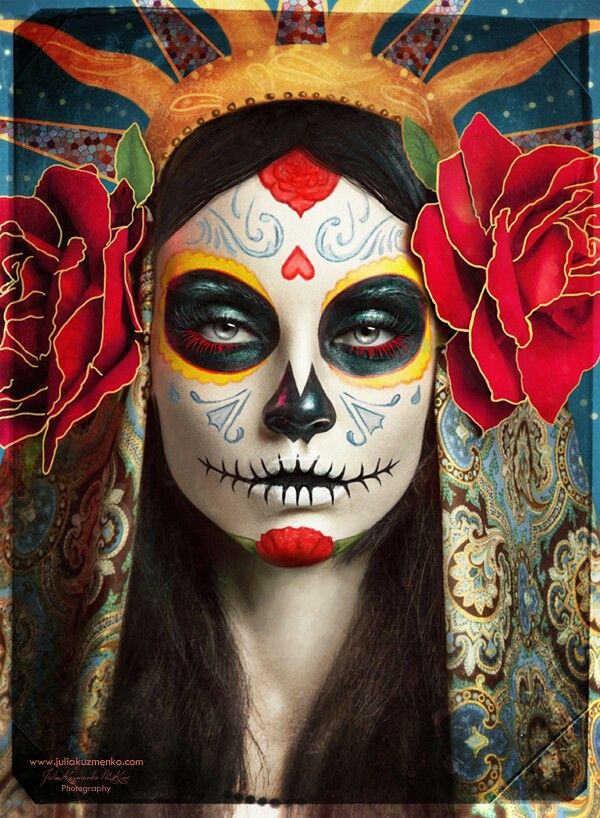

Cortéz, José Guadalupe Posada, 1981, signed 1983, linocut on paper mounted on paperboard, Smithsonian American Art Museum, Gift of Tomás Ybarra-Frausto, 1995.50.9, © 2020, Dora KatsikakisĮstimated to be 3000 years old and deeply rooted in Aztec and other Mesoamerican traditions in Mexico, Day of the Dead rituals were meant to honor death as a natural part of the cycle of life. A Brief History of the Day of the Dead in MexicoĬarlos A. This change, in addition to a steady rise in awareness of the of the Day of the Dead in the United States, can be traced back to Chicano artists and activists who launched large scale, public events during the holiday seeking to create a new political and cultural consciousness among people of Mexican descent in the United States. While Mexican American communities have celebrated the Day of the Dead for hundreds of years in the United States with personal, often religious, ceremonies, there has been an evolution in how the holiday is celebrated today. Filled with food, music, and dancing, Day of the Dead is a rich celebration of the lives of those who have passed before us. Families visit gravesites and create ofrendas, or altars, covered with pictures of their departed family members, candles, sweets, decorations, and personal offerings like favorite foods and drinks to nourish the spirits in their journey. Celebrated on November 1 and 2 throughout Mexico and much of Latin America, it is said that on the holiday, the spirits of the dead return home for the night to visit their loved ones. Inventories of American Painting and Sculptureĭía de los Muertos, or Day of the Dead, is a time to remember and honor those who have departed.Parrilla said their Día de los Muertos digital art has been attracting a strong, growing following within their Discord community ahead of the NFTs' reveal on Monday and Tuesday. Is it breaking a barrier? Is it going to open doors for other artists from within our culture?" Parrilla said. "To see people with our culture in this NFT space. The ability to inject part of his Mexican heritage into this newer space attracted Parrilla to work with Galan and the rest of the team. They are powered by blockchain technology, a database that records data in blocks and chains them together, making it difficult to be altered. NFTs provide users with verifiable ownership of items such as videos, images, music and more. He partnered with Armando Parrilla, 42, a graphic designer whose art is influenced by street culture from his upbringing in Southern California.

The digital assets for the project feature art heavily inspired by La Catrina - the skull image derived from an Aztec legend that is popular in everything from food to clothing - that is prominent during Día de los Muertos celebrations. Galan co-founded the Day of the Dead NFT project, a collection of 7,777 NFTs. “He’s always been there for me, regardless, ever since.” “What it means to be Mexican American was always very important for my father,” Galan said. When Galan was 21, his father, Fernando Galan, died at age 50.


 0 kommentar(er)
0 kommentar(er)
